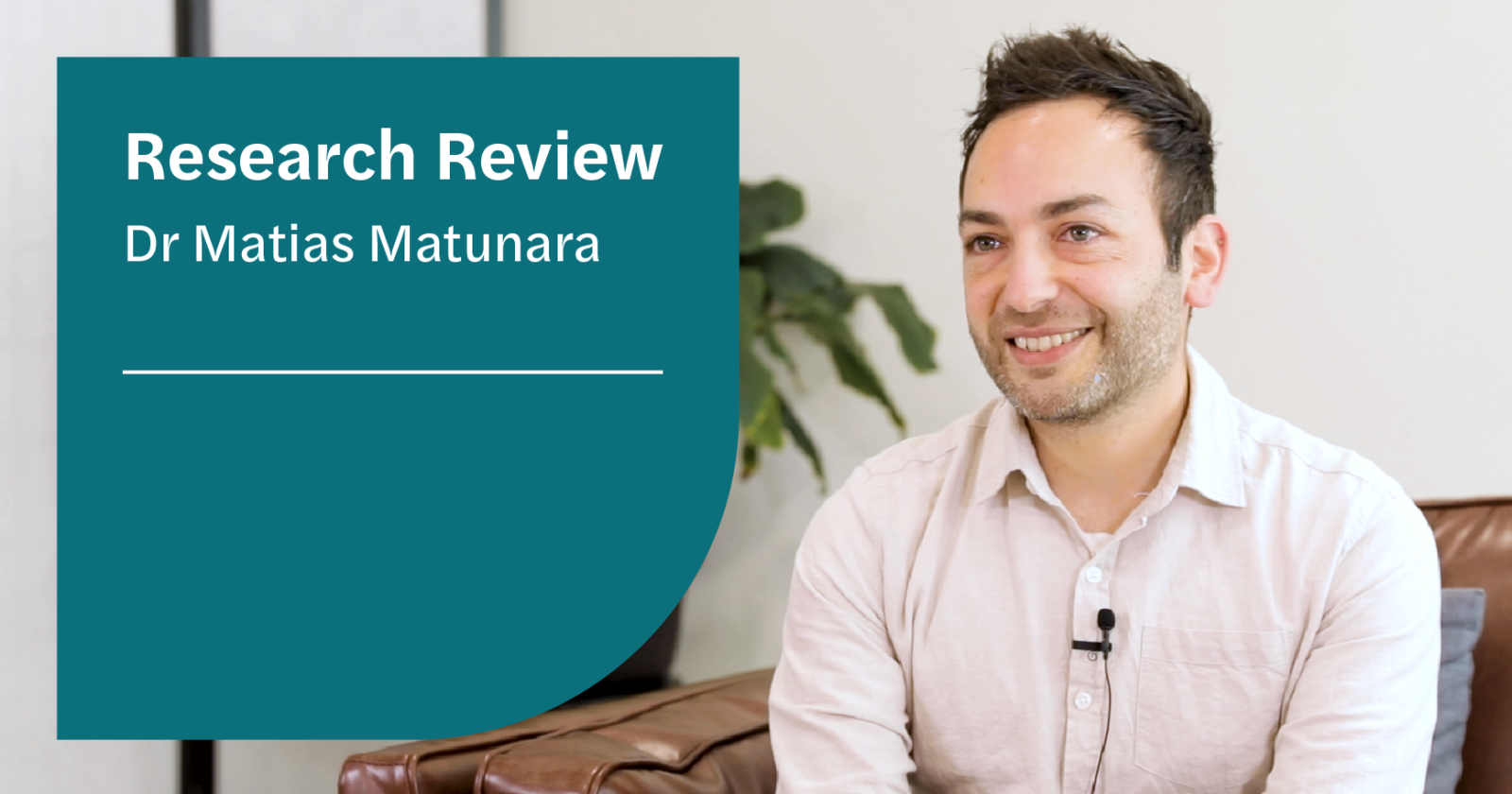Seer Medical is a research-driven medical technology company with a mission to empower people to take better control of their health.
Research Review is a series where we pull apart peer-reviewed journal articles published by Seer Medical’s research team. Through our research, we make evident-based business decisions that meet the needs of the Australian healthcare system.
In January 2020, Nature Communications published “Critical slowing down as a biomarker for seizure susceptibility”. The article detailed observations from fifteen (15) patients who had a device implanted onto the surface of the brain to continuously record their brain activity. The recordings revealed seizures would occur periodically over long stretches of time. Using these well-defined seizure cycles, the researchers were able to forecast more accurately when a person was at high or low risk of seizure activity. The implications of this research are that long-term EEG monitoring devices will be able to instantaneously forecast seizures.
Dr Matias Maturana is a data scientist at Seer Medical who has heavily contributed to works on epilepsy and seizure prediction. He sits down with us to explain:
- What this article is about.
- How this study was able to assess seizure susceptibility.
- Observations of cycles in seizure occurrence.
- How the brain acts like many other natural systems.
- How long-term EEG monitoring devices will be used to forecast seizures.
Transcript
“My name is Matias Maturana and I’m a data scientist here at Seer Medical.”
What is the article you are reviewing?
“The article I’m reviewing today is called “Critical slowing as a biomarker for seizure susceptibility”, which was published in 2020 in Nature Communications.”
What is the article about?
“We recorded brain activity in 15 patients with epilepsy. This was using an implanted device implanted into the brain, on the surface of the brain, and what we were doing with that, with those recordings, we’re identifying when seizures were occurring and we found that seizures were occurring very periodically, in these very well-defined cycles. We were using the recordings then to identify the periods of high risk and low risk and then use that to forecast when seizures would occur.”
What are the markers used to detect a seizure in this study?
“The markers that were used in this study were critical slowing markers. Now that’s a difficult term to understand, but as an analogy you can think of financial systems like a crash in the financial market. As you get towards a tipping point, right before the crash, people become uncertain about what the market will do, and if you’re looking at the price of different stocks, you’ll see that fluctuate more and more. So you will see that the variance goes up, the amount of fluctuation in the prices of stocks. We see exactly the same phenomena in the recorded EEG from within the brain, that we get an increase in the variance. Also, the increase in another measure called the auto correlation, which is a measure of how similar a sequent was to its past. So right before that tipping point, right before the financial market crash or the seizure onset, we see that these signals begin to grow in size and that can be predictive for an oncoming seizure.”
What was the main discovery of this study?
“We discovered that there are cycles in seizure occurrence. So if you just look at when seizures occur, they’re very periodic in their timing, and we also discovered that the underlying signals, the recorded signals from the brain are also periodic. If you can track those underlying signals, you can also then forecast epileptic seizures. So this was really interesting because it was the first demonstration of this type of phenomenon, and really interestingly, what we discovered in this particular paper was that we looked at very long timescales as opposed to what had been done previously, which was looking at very small timescales on the scales of minutes to hours. We’re looking on days to weeks to months, and we found that these very long periodic oscillations were carrying in the recorded signals and they were very well linked to seizures”
Did the data tell us about “critical slowing”?
“The data suggested that critical slowing occurs in most patients, as we expect from the mathematical models. So that was really interesting because we had a theory, a mathematical theory and we knew that applies to many natural systems and the brain is just yet another natural system, and we were hypothesizing that that would, that we would observe certain markers prior to seizure occurring, and we did, we found it in nearly every patient. There were two exceptions, and those exceptions were doing the opposite to what the model predicted. It was actually still really useful though, because from a seizure forecasting point of view, it meant that we could forecast seizures in a very similar way in most patients, their markers were going up prior to seizures in those two patients, the markets were going down prior to seizures, which was a bit surprising, but from forecasting point of view, it actually still worked extremely well.”
What are the broader implication of the research?
“The broader implications of the research are that we will be able to forecast seizures instantaneously using brain recordings from devices like the Epi-Minder device.”
